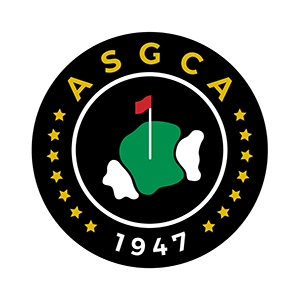“Determining Green Size” is the focus of a recent article for Golf Course Industry from ASGCA Past President Jeff Brauer. From Precision Greens to Sunday Target Greens, Main Targets to Sunday Pins, Brauer charts the step an architect takes in creating greens that keep the game fun and challenging, as well as maintenance considerations.
The article includes:
“Given the variety of greens worldwide, the question “How big should a green be?” would seem to have no definitive answer. But, if you are designing a green, or set of greens, you need to settle on at least approximate green size, and then final green size as the details emerge. Consider factors such as green type, shot values (including anticipated approach shot length) and adequate size for maintenance, including suitable cup rotation, climatic factors, etc.
“Starting with green type, it’s clear the “precision” greens will be the smallest by concept. Sunday pin greens should be larger, usually with one easy to hit area, and one or two smaller areas tucked in corners for greater challenge. True multi-target greens, where two or three target zones are designed into a single green, often divided by space eating ridges, valleys, or tiers, are largest of all.
“Generally, a green exists to be hit, and the architect believes it ought to be reasonably possible to do so with a good shot. The USGA Slope Rating system provides a good start in determining green size for playability. Their extensive field research shows green width and depth (in yards) needed for 2/3 of players (in both scratch and bogey categories) to hit a green surface.”
The entire article can be found here.
